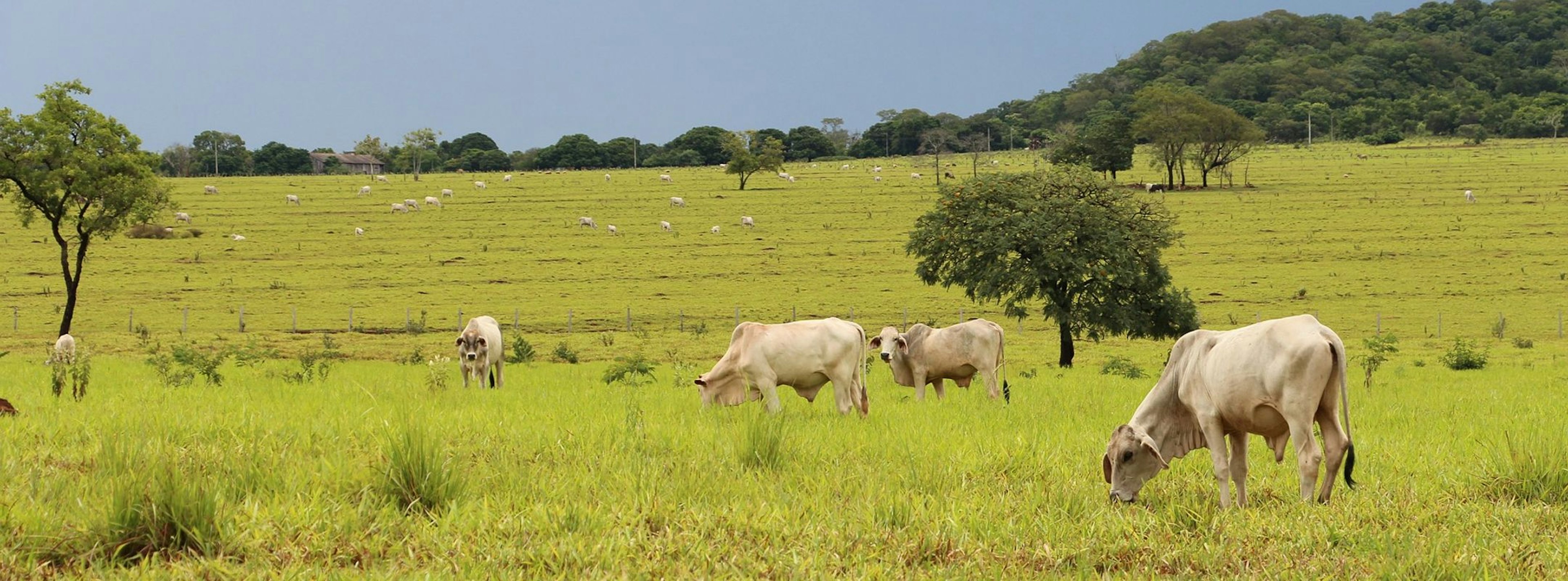Carbon emissions from tropical deforestation largely driven by consumption in Europe and China
29 Mar 2019
6 min read
New study finds between 29% and 39% of all CO2 emissions related to tropical deforestation were linked to exported agricultural and forestry commodities.

Cattle in a field, Mato Grosso do Sol, Brazil. Source: Mauro Segura, Pixabay